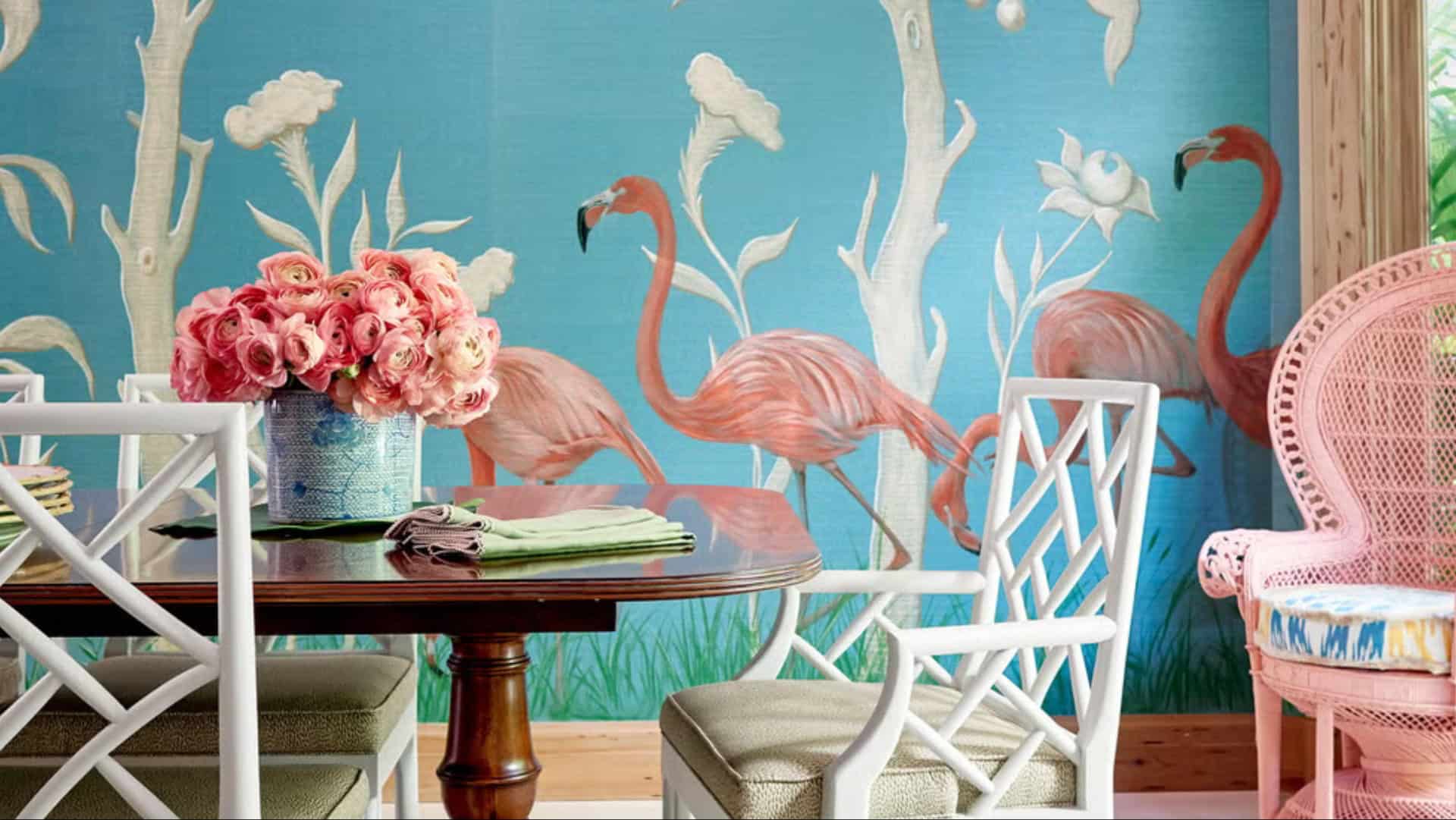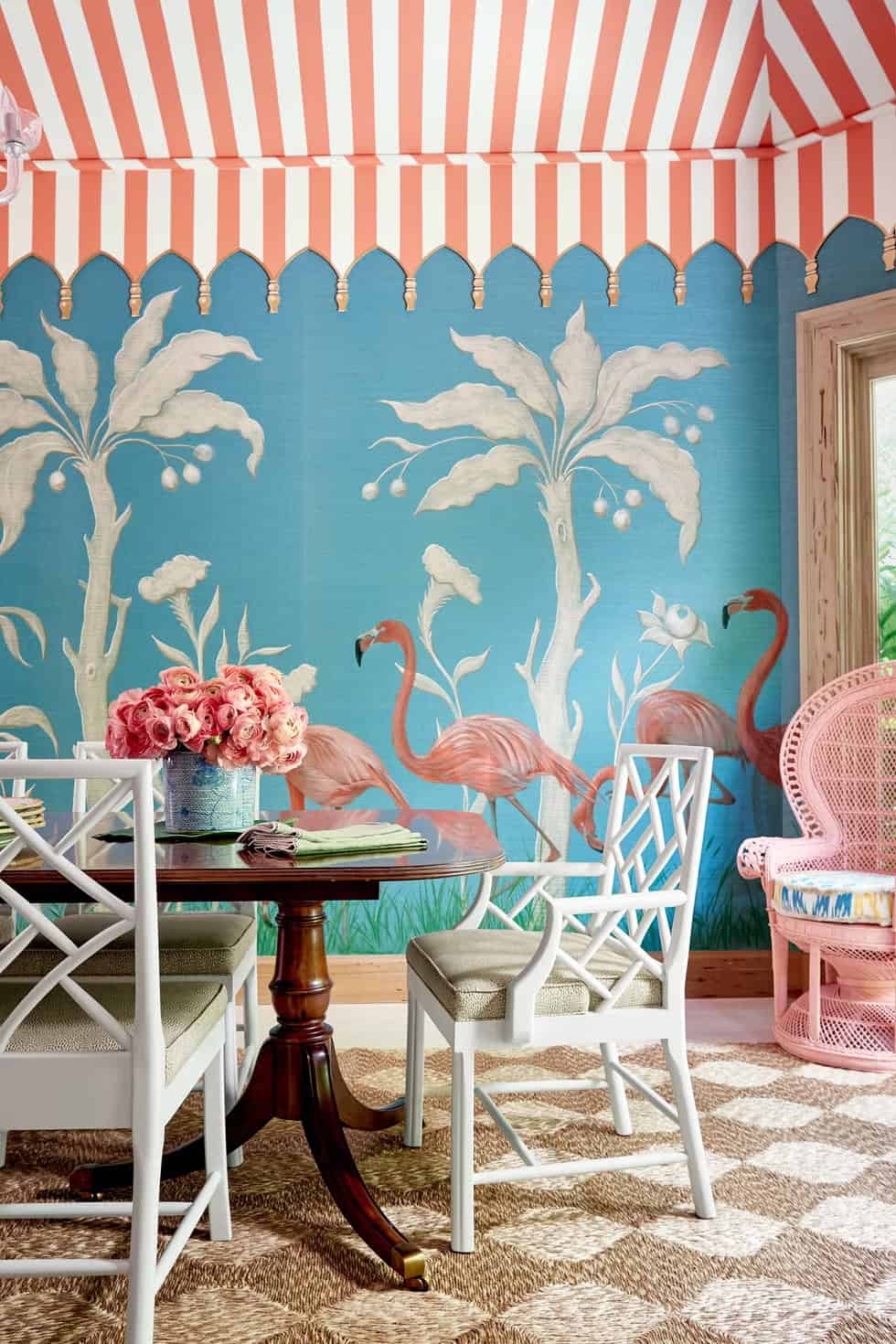Transforming your living space into an ADHD-friendly haven can significantly improve daily life for those with Attention Deficit Hyperactivity Disorder.
By incorporating specific strategies tailored to the unique needs of individuals with ADHD, you can create a home environment that fosters focus, organization, and relaxation.
1. Establish Zones
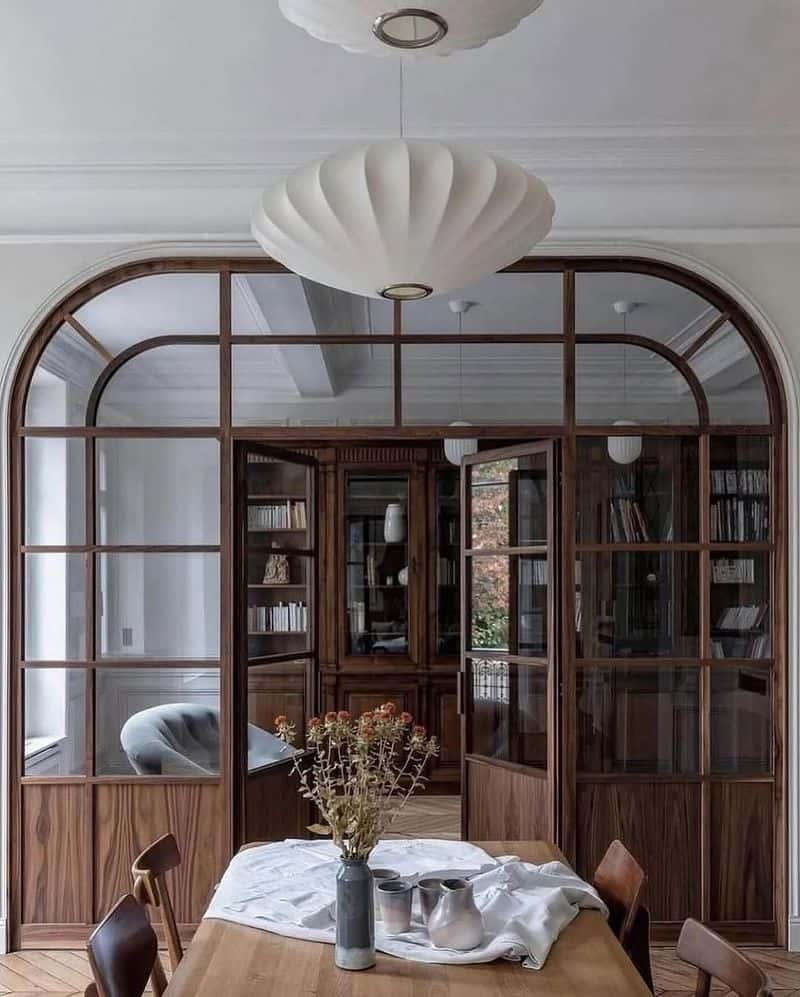
Creating distinct zones within your home can significantly aid concentration and organization. Designate specific areas for activities like work, relaxation, and hobbies.
Use furniture and decor to establish clear boundaries. This separation helps in mentally transitioning between tasks, reducing distractions.
Having a dedicated space for different activities not only enhances focus but also promotes productivity.
Make these areas comfortable and tailored to the specific needs of the activity to boost efficiency.
2. Declutter
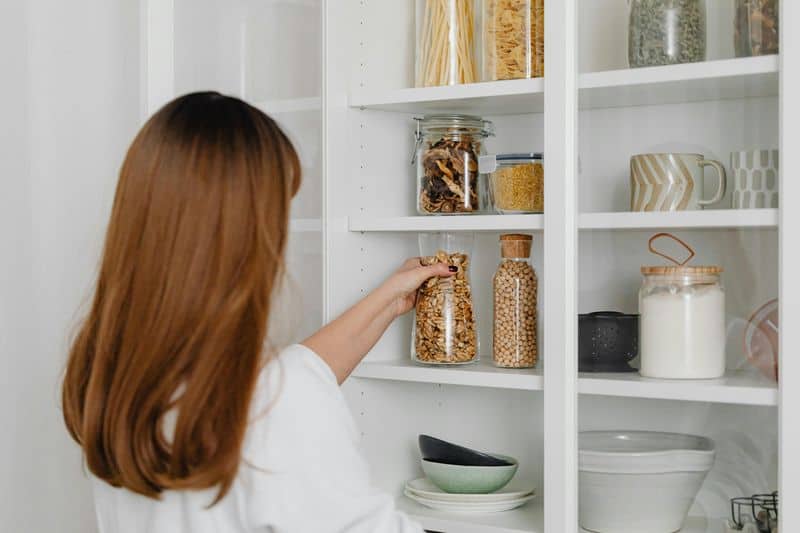
Keeping clutter at bay is essential for maintaining focus in an ADHD-friendly home. Regularly go through your belongings and remove unnecessary items.
Implementing a simple filing system or using labeled bins can help in keeping things organized.
A clutter-free environment reduces stress and distractions, making it easier to concentrate on tasks at hand.
Embrace a minimalist approach to your living space to enhance mental clarity.
3. Set Up Visual Cues
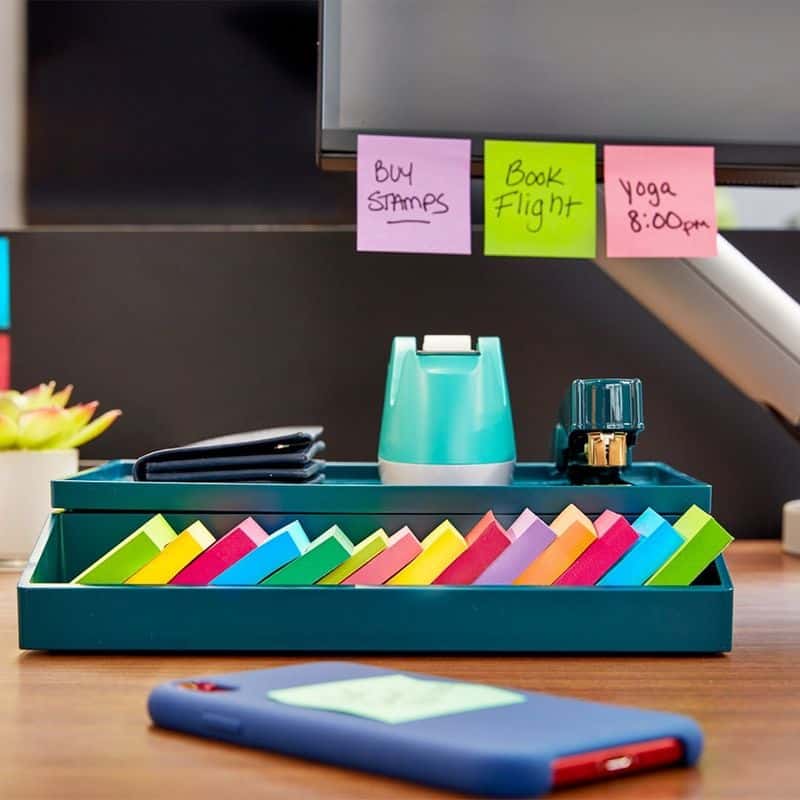
Visual cues can be powerful tools for individuals with ADHD. Utilize colorful sticky notes, labeled containers, or a prominently displayed calendar.
These cues serve as constant reminders of tasks and responsibilities.
Incorporating visual aids in your daily routine can help you stay on track and meet deadlines.
By making tasks visible, you lessen the chance of overlooking important duties. This approach encourages accountability and structure in everyday life.
4. Consider Minimalism
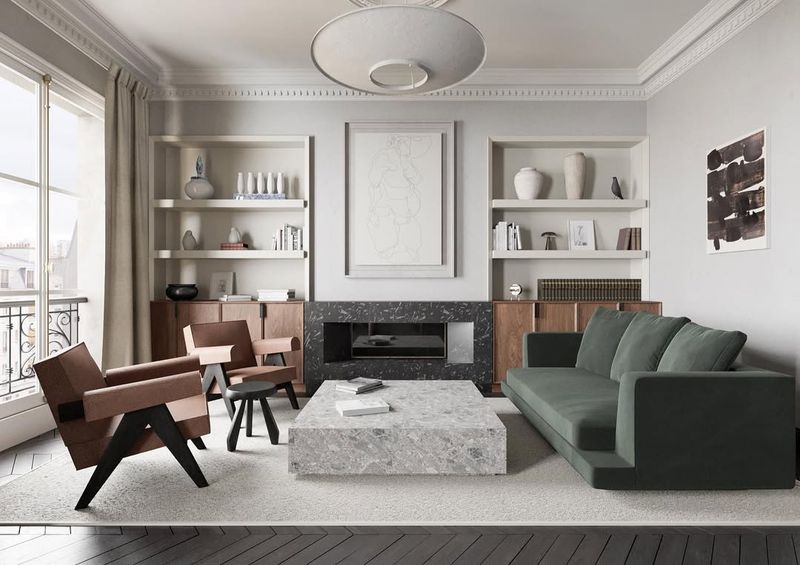
Adopting a minimalist lifestyle can have a calming effect on the mind. Focus on keeping only what you truly need and love in your space.
Minimalism helps in reducing distractions and promotes a sense of peace. It encourages intentional living and decision-making.
A simple, uncluttered environment can lead to increased focus and productivity, creating a tranquil atmosphere conducive to relaxation and creativity.
5. Make Home Organization Fun
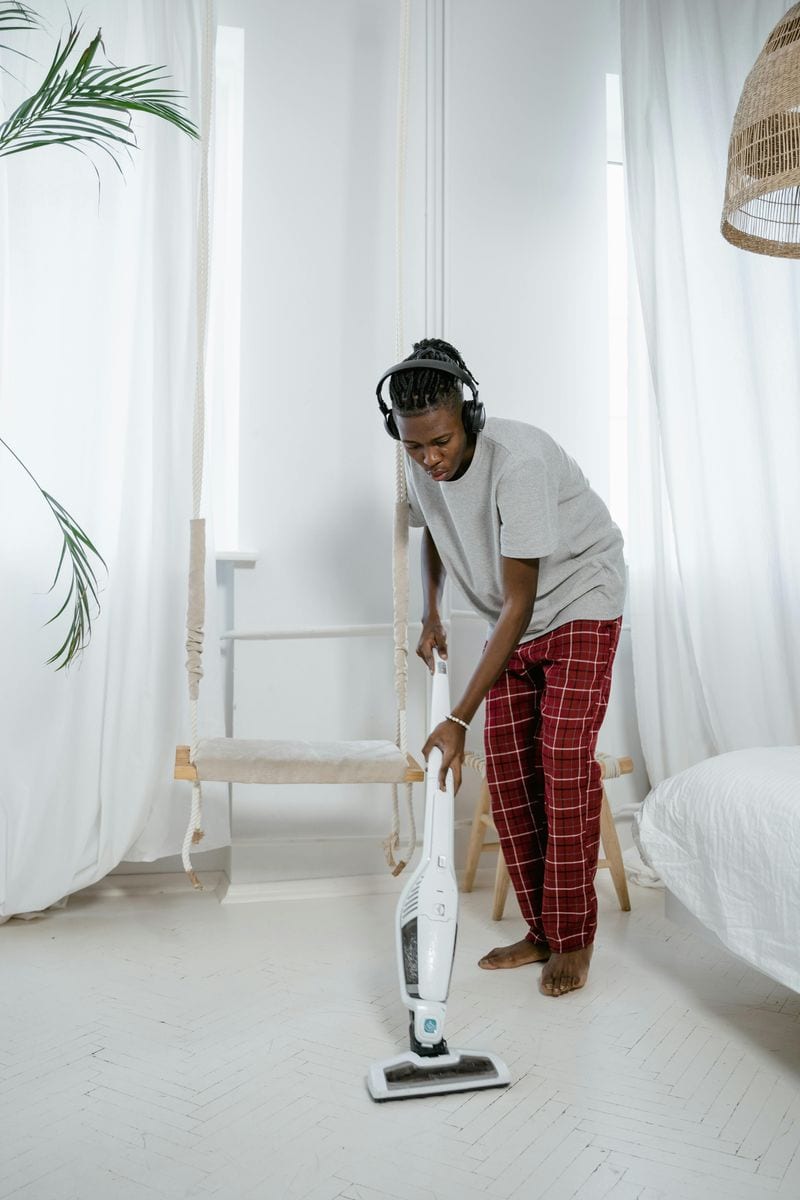
Transform organization into an enjoyable activity by involving the whole family. Turn cleaning and organizing into a game or challenge.
Use colorful storage bins and labels to make the process visually appealing. Incorporate music or rewards to motivate participation.
By making organization fun, it becomes a shared responsibility and less of a chore. This approach fosters teamwork and creates a sense of accomplishment.
6. Soothing Colors
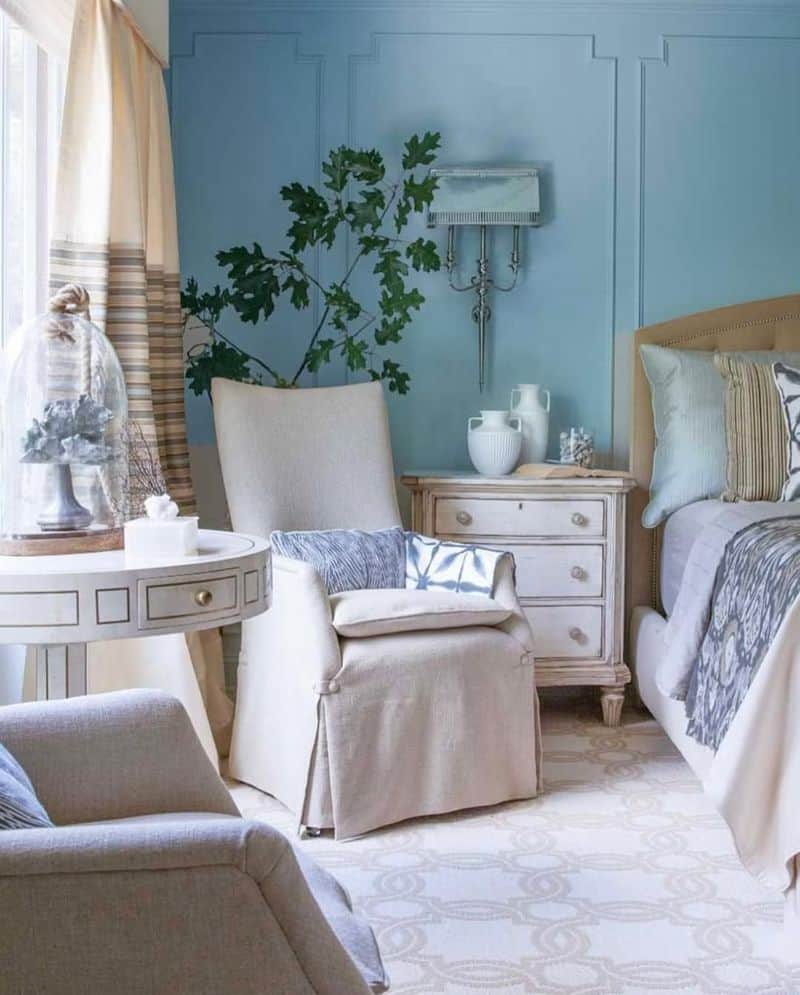
The choice of colors in your home can influence mood and concentration. Opt for soothing hues like blues, greens, and pastels.
These colors have a calming effect, reducing anxiety and promoting focus. Integrate them into walls, furniture, or decor for a peaceful ambiance.
A thoughtfully chosen color palette can create a serene environment that supports mental well-being and productivity.
7. Establish Daily Routines

Routines are crucial for structuring the day effectively. Create a daily schedule with specific time slots for various activities.
Use alarms, charts, or digital reminders to keep track of tasks. Consistency in daily routines enhances focus and reduces stress.
Building regular habits can help in managing ADHD symptoms, providing a sense of control and stability in daily life.
8. Open Storage
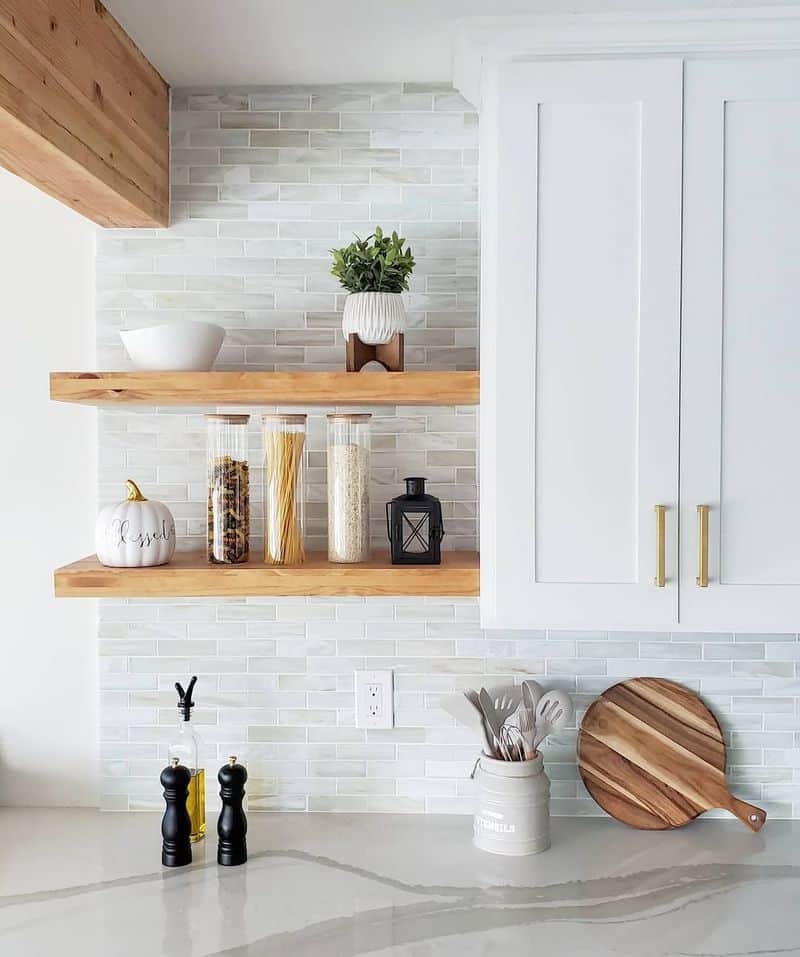
Open storage solutions are ideal for those with ADHD, as they make items easily visible and accessible. Use shelves or transparent containers to store belongings.
This approach minimizes the effort required to find items, reducing frustration and saving time.
Open storage encourages tidiness and ensures that everything has a designated place, helping maintain order and efficiency in the home.
9. Stimulating Patterns
Incorporating stimulating patterns and textures can energize spaces and inspire creativity.
Use patterned wallpapers, vibrant rugs, or textured fabrics.
These elements can add visual interest and make environments more engaging. However, balance is key to prevent sensory overload.
Thoughtfully integrating patterns can boost mood and motivation, making activities more enjoyable and fostering a dynamic atmosphere.
10. Tiny Tidying
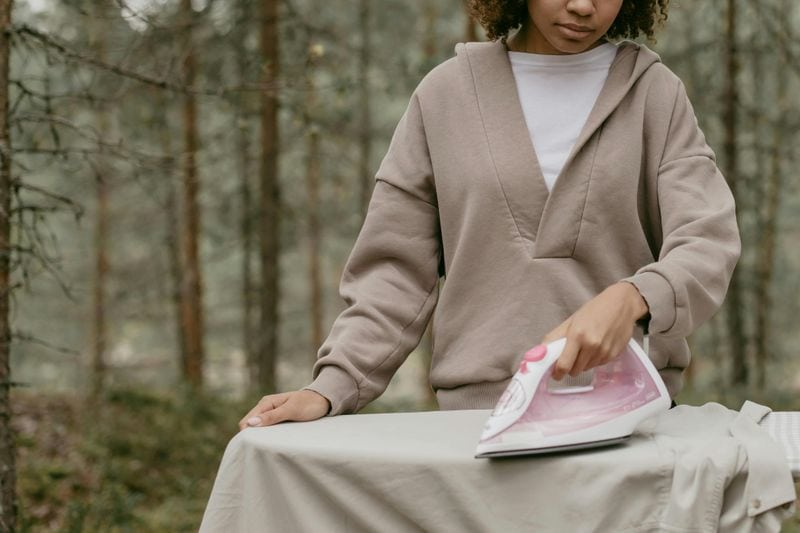
Break down cleaning tasks into small, manageable chunks to prevent overwhelm. Allocate brief periods for tidying up throughout the day.
This ‘tiny tidying’ approach makes organization feel less daunting and more achievable. Incorporate quick tasks like sorting mail or organizing a drawer.
By consistently addressing minor messes, maintaining a tidy environment becomes effortless.
This strategy promotes sustained cleanliness and reduces the burden of large cleaning sessions.

